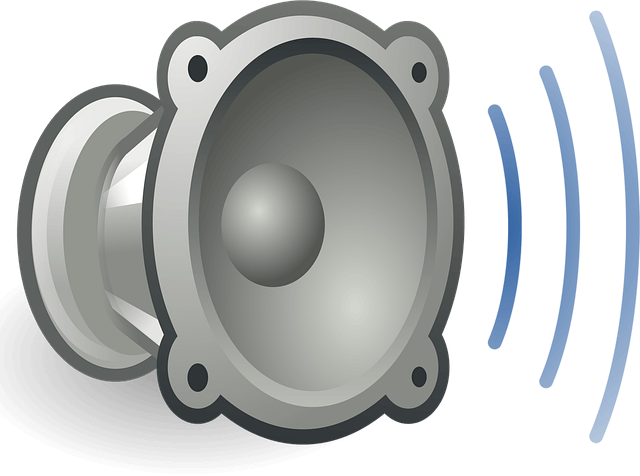Introduction: Why Noise Control Matters in the Workplace
In modern industrial and corporate environments, managing noise pollution in company facilities is essential for employee safety, productivity, and regulatory compliance.
Excessive noise can cause hearing loss, stress, reduced concentration, and workplace accidents. This comprehensive guide explains global noise control standards, engineering solutions, and best practices to ensure safer, more efficient facilities.
The Impact of Workplace Noise
Workplace noise is often generated by machinery, equipment, and industrial processes, ranging from 70 to 120 dB(A).
Prolonged exposure above 85 dB(A) over an 8-hour shift can cause permanent hearing damage, including:
- Tinnitus
- Communication difficulties
- Temporary hearing loss
- Psychological stress and hypertension
- Higher accident risk due to impaired focus
Globally, millions of workers — particularly in manufacturing and heavy industry — are exposed to hazardous noise levels each year.
Effective noise management not only protects health but also boosts productivity and reduces liability.
Top 10 Carbon Footprint Calculator Apps for 2025: Reduce Your Environmental Impact
Regulatory Standards for Noise Control
OSHA and Global Guidelines
In the U.S., the Occupational Safety and Health Administration (OSHA) standard 29 CFR 1910.95 limits an 8-hour time-weighted average (TWA) to 85 dB(A).
If exceeded, a Hearing Conservation Program (HCP) is required, including:
- Noise monitoring
- Audiometric testing
- Employee training
- Hearing protection devices
Similar standards exist worldwide, often aligned with World Health Organization (WHO) recommendations.
Engineering Controls and Facility Design
General Noise Reduction Measures
Engineering controls aim to keep ambient noise below 90 dB(A) over an 8-hour shift.
Key measures include:
- Noise Hazard Area signage for high-noise zones
- Visual barriers or fencing
- Use of sound-absorbing materials
New Facilities and Major Modifications
Noise control should be integrated at the design phase, with specific Noise Criterion (NC) curves for different areas.
Commissioning must include:
- Pre-approval noise testing
- Submission of noise contour diagrams if levels exceed 85 dB(A)
- Echo and reverberation reduction in high-noise spaces
New Equipment Noise Requirements
For equipment above 85 dB(A) at one meter:
- Submit an Equipment Noise Data Sheet to occupational health
- Keep post-control levels under 90 dB(A)
- Exceptions: alarms (97 dB(A)) and surge valves (105 dB(A))
- Apply for waivers if limits are exceeded
Personnel Exposure Limits
- 90 dB(A) for 8 hours
- 95 dB(A) for 4 hours
- Impulse noise must not exceed 140 dB peak
Employees exposed to high noise levels must join the Hearing Conservation Program, use approved hearing protection, and be monitored periodically.
Community Noise Standards
Facilities must limit noise at property lines to:
- 65 dB(A) daytime (0600–2200 hrs)
- 55 dB(A) nighttime (2200–0600 hrs)
Annual perimeter noise surveys are recommended for sites with equipment over 85 dB(A).
Best Practices for Noise Control
- Engineering Controls – Use quieter machinery, barriers, and soundproofing.
- Administrative Controls – Rotate staff, schedule noisy work in low-occupancy periods.
- Personal Protective Equipment (PPE) – Ensure hearing protection use in hazard zones.
- Training & Awareness – Educate staff on noise hazards and PPE use.
- Regular Monitoring – Conduct periodic noise assessments.
Conclusion
A strong noise control strategy combines engineering design, regulatory compliance, and proactive employee protection.
By adopting global best practices, companies can reduce health risks, improve workplace safety, and maintain positive community relations.

